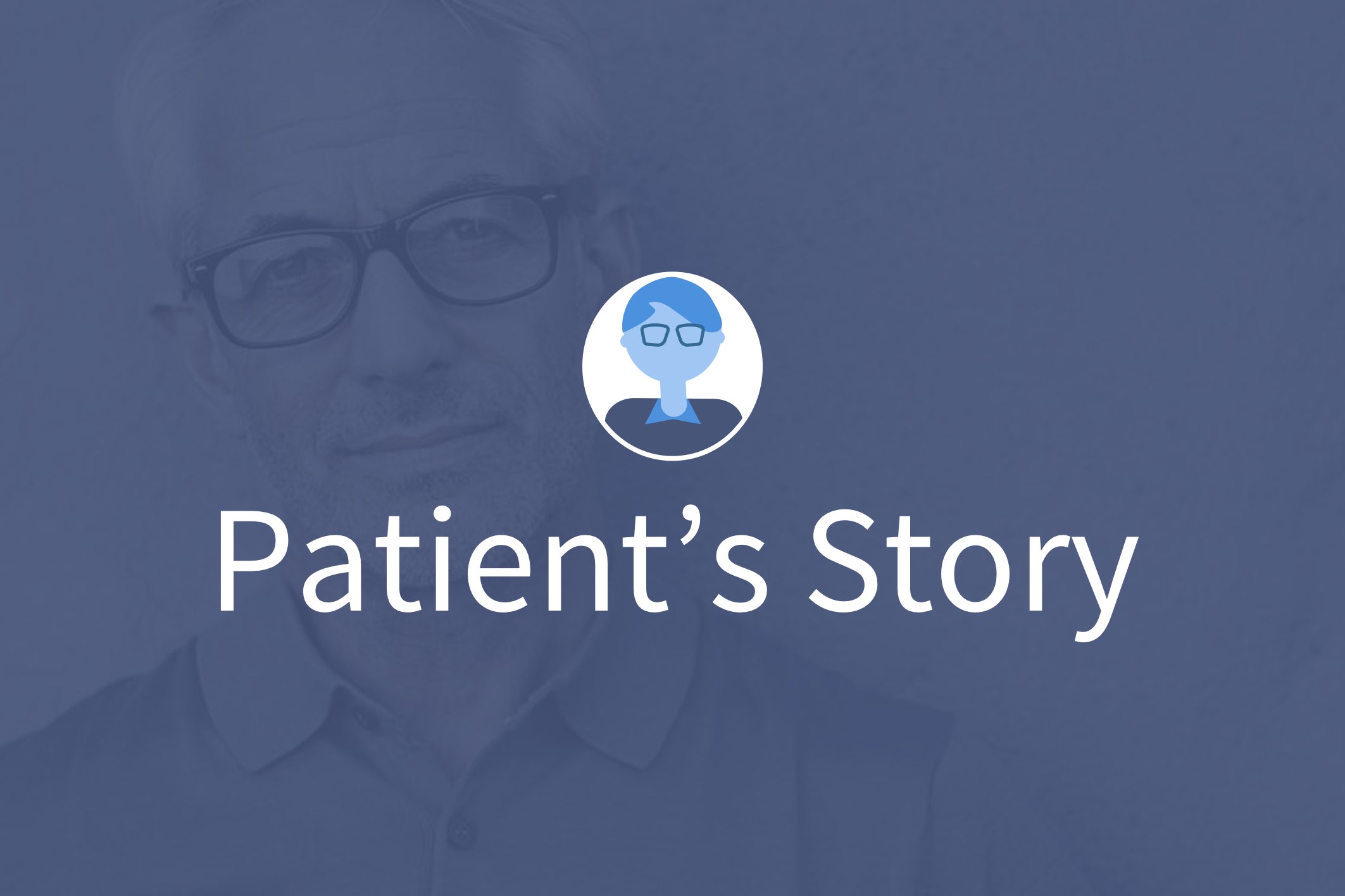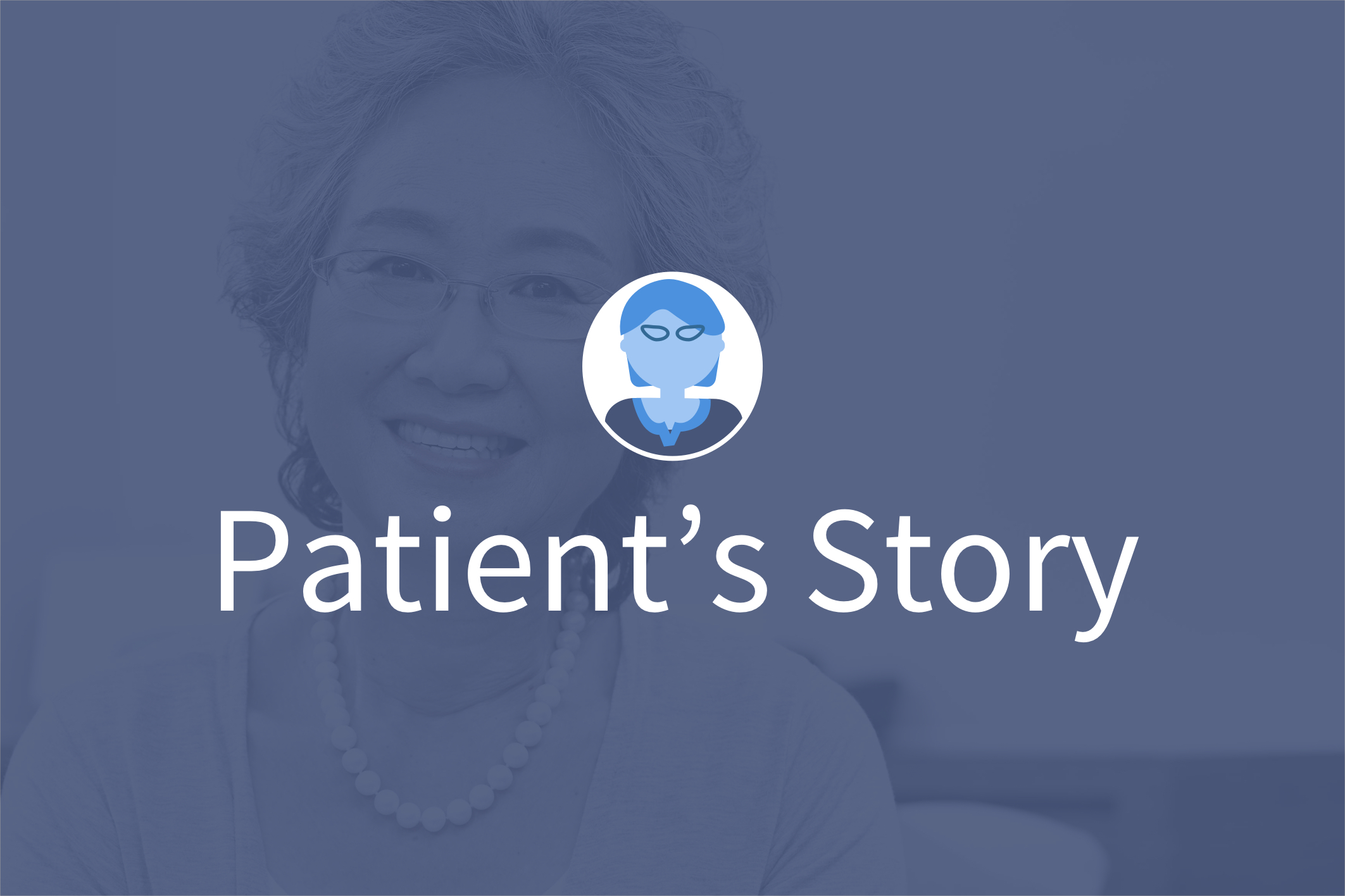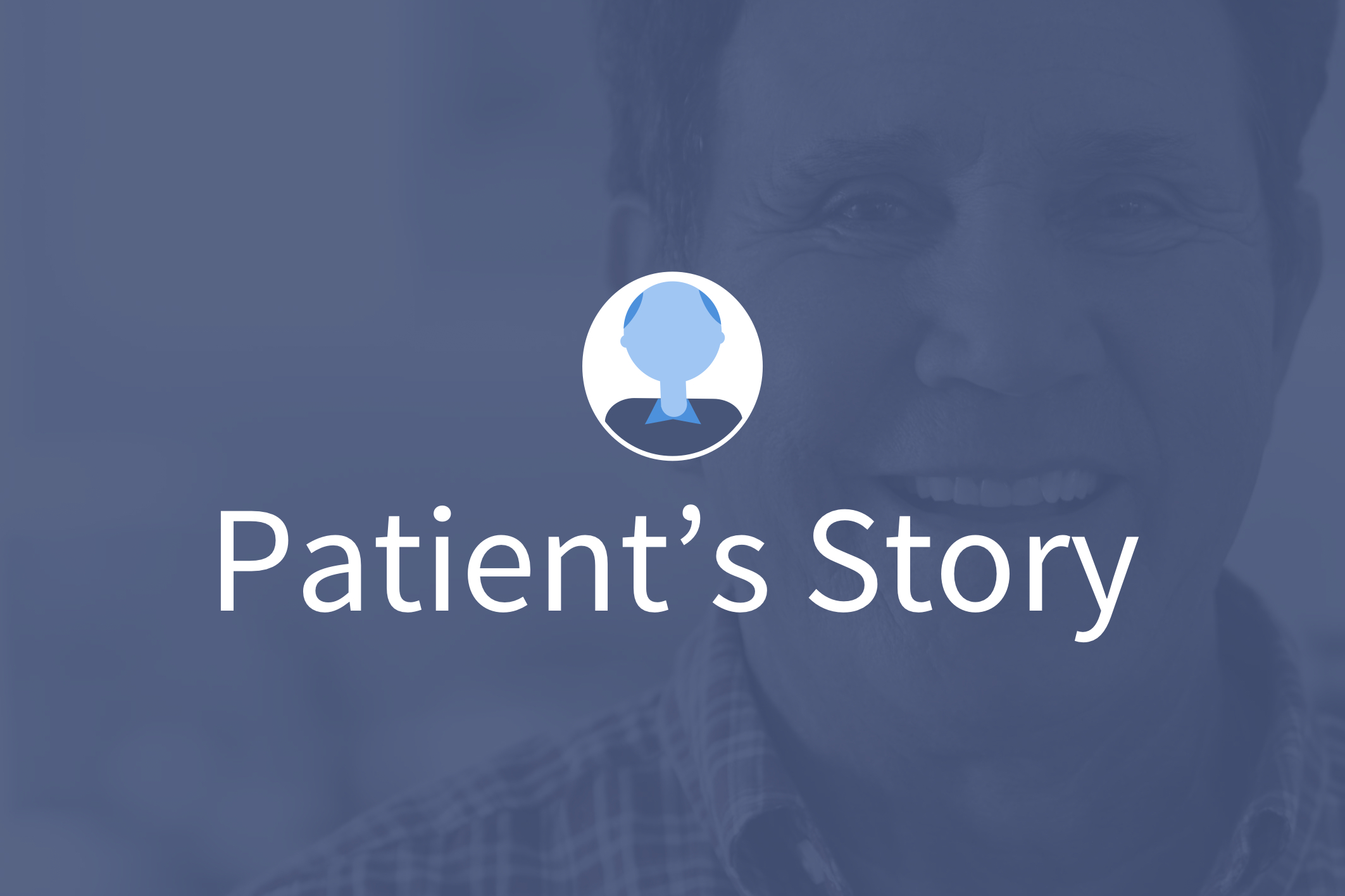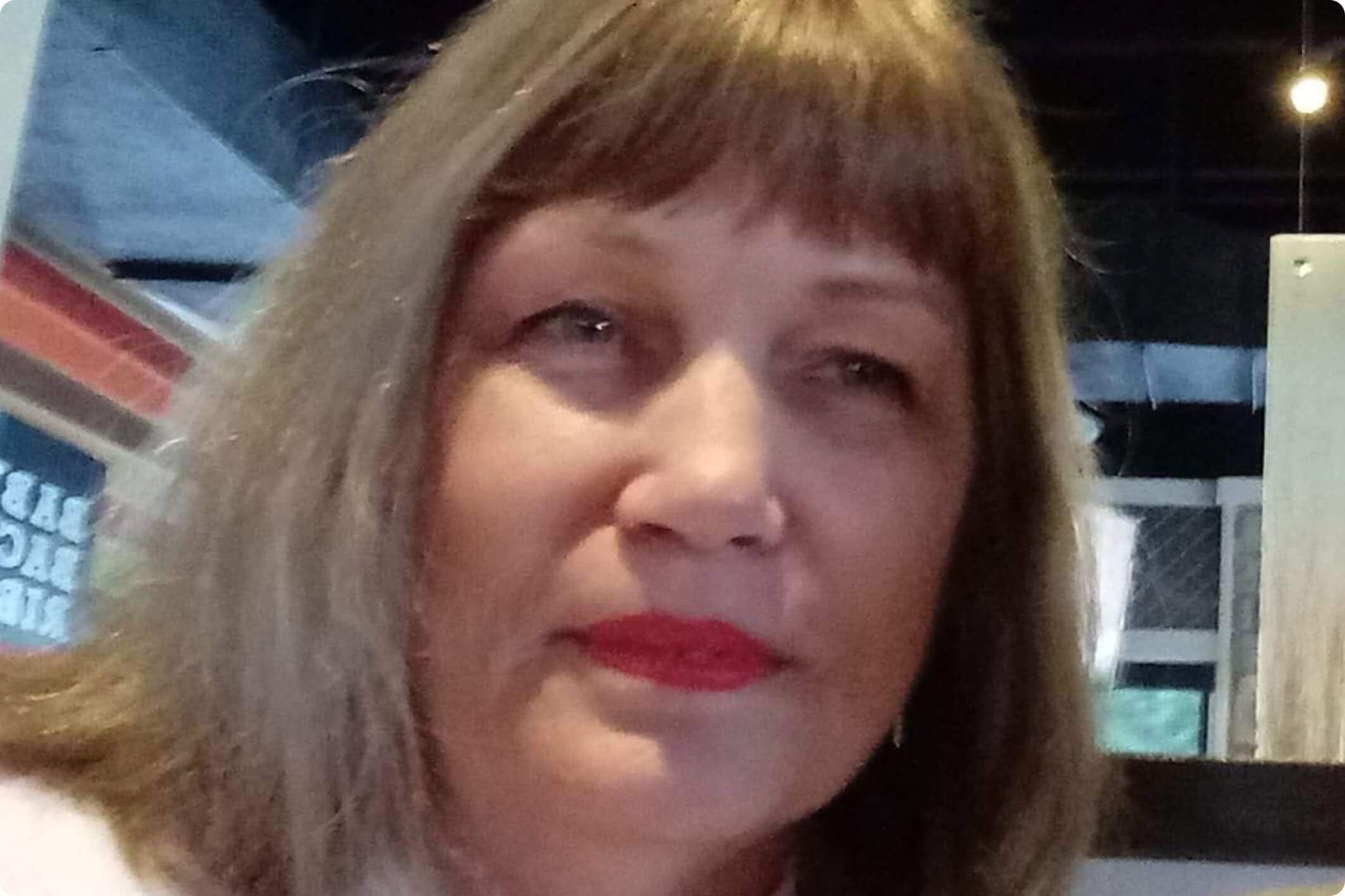Patient & Physican Feedback
An Individual With Chronic Pain Who Became a Doctor With Chronic Pain

My Story
My idea of what I wanted to be when I grew up changed almost on a yearly basis. At the age of 5, I wanted to become a teacher because I loved the enthusiasm of my 1st grade teacher. At the age of 8, I wanted to become the next Emeril Lagasse starring on the Food Network. It was in middle school that I wanted to become a doctor, but I couldn’t really give a reason why besides that I loved making people feel better by giving them crayon-written cards and listening to them with my open ears. In high school, I realized my experiences, in my short 15 years of life, were paving the way for my career today.
As a child, I tried and played numerous sports in order to find the one in which I excelled or at least made me the happiest. Basketball, soccer, tennis, swimming and ice skating were among the lengthy list of trials and errors. When I was 7, I began to realize that playing most sports was actually a bit painful. My back would constantly hurt after practices and games, but, as a child, I truly thought this was normal. “You have to be tough and play through the pain,” I would think. “Surely,” I thought, “Olympic athletes don’t complain about their backs hurting because that is what ‘normally’ happens.”
I went almost 15 years without telling anyone my back hurt or even finding out why it hurt. I first became concerned while attending medical school, and my older sister received a diagnosis of ankylosing spondylitis, a degenerative spine disease. In short, I also had arthritis and degeneration in my back that began at a very young age. It began to unfold that my grandfather had ankylosing spondylitis, and my mother has rheumatoid arthritis. Once I found an answer to my years of pain, I became obsessed with discovering different ways to cope with the pain that I then knew would stick with me forever.
After years of trial and error, I have a semi “sweet spot” to manage my pain on a daily basis. I must exercise every day so the muscles supporting my back will not stiffen. My diet includes basic pH foods to decrease inflammation. I meditate regularly to ensure my mental health is as strong, if not stronger, than my physical health. I am monitored by my physician every year with an X-ray or MRI to track the progression, or lack of progression, of the degeneration in my spine to assure that the vertebrae are not deteriorating at a rapid rate. I take anti-inflammatory medication when I just can't seem to make it through the day. This winding road of pain, traveling over mountains and down into canyons, is one that is treacherous, yet it has exponentially increased my gratitude for life.
Individual with chronic pain who became a doctor with chronic pain
It was because of my pain journey that I wanted to become a physician. I wanted to be more involved in the medical community to show people with chronic pain that they are not alone. I have traveled, and continue to travel, all the steps they are taking. I wanted to be able to show compassion and empathy for people with chronic pain in a personal manner, not through a television show or a magazine article. I am able to give personal recommendations for treatments that have helped me cope with my pain. I refer people to colleagues, who I know personally, to become a member of our “pain-fighting team.” As a person with chronic pain who became a physician, I strive to provide hope for those who do not see an end to the pain. Medicine is a web of complexity; however, like hope, greatness can be achieved when performed with a strong comprehension and compassion for the whole person — physically, mentally and spiritually. Having chronic pain can make one feel extremely lonely. The way I interact with individuals with chronic pain is with the goal of helping them feel that they belong and that they have a purpose to keep going.
How does being a doctor with chronic pain change my approach with patients?
Being a doctor who experiences the type of pain I may encounter in people on a regular basis has allowed me to be more compassionate and empathetic about their pain journey. During medical school, I realized the course of discovering which treatment options work best for each individual is difficult. The path to pain reduction is not an easy “A to B” route; it is more of an “A to Z” route where we have random halts and sometimes pass “go” along the way. Knowing this allows me to show patience and also express positive determination to individuals with chronic pain with the ultimate goal of achieving their best quality of life possible.
What is it like to be a doctor with chronic pain?
I go through phases and flare-ups like most people with chronic pain. I have learned how to manage the intensity of these episodes and how to navigate my daily life to decrease the number of flare-ups. For example, I must move at least 2 to 3 times each hour during the day in order for my back not to lock up while I sleep that night. I exercise every morning to start my day with more laxity of my muscles and joints, and I make sure to eat a very limited amount of sugar to limit any external cause of inflammation.
We are a community.
We are in the trenches together.
We walk hand in hand.
~Kirin Escher, MD
















